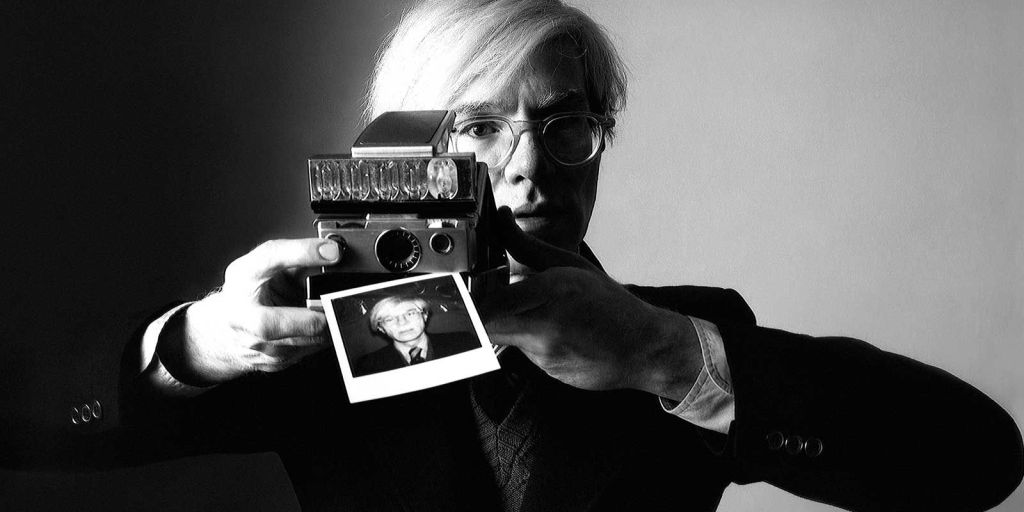
Never having read The Andy Warhol Diaries, edited by long-time friend and writer Pat Hackett (she wrote Bad and the twin terrors of Flesh for Frankenstein and Blood For Dracula for Warhol), I wasn’t entirely sure what to expect from the six episode Netflix documentary series of the same name.
Through it’s exhaustive (but never exhausting) running time however, what I really didn’t expect was just how touching it would be, and how much of the inner life of one of the art world’s greatest iconoclasts would be revealed.
Produced by Ryan Murphy (American Horror/Crime Story), the series visualises the daily phone conversations Warhol would have with Hackett, which she would then transcribe. Of course the very nature of both Warhol’s and Hackett’s choices concerning what to talk about, and importantly what not to, mean this necessarily remains a subjective telling of the artist’s life, but it’s probably as close to what could be deemed ‘the true story’ as we’re ever likely to get.
The beauty of the series is that it tells us as much about Warhol’s feelings as it does the well-known historical narrative, revealing not only the history of some of the most important works of art of all time, but also the complicated and really rather sweet man behind the carefully-constructed persona.
Often wryly amusing and frequently heartbreaking in his simple need to be loved (by his partners, as much as by the public), Warhol’s sexuality and spirituality are shown to be major proponents of what is too often disregarded as impersonal work.
Using few contemporary interviews, but focusing instead on reminiscences by friends (including not only his inner circle, but also the likes of John Waters and Debbie Harry) and on Warhol’s own words (recreated by AI), Murphy and writer/director Andrew Rossi have crafted what can easily be regarded as the definitive, and most unexpectedly emotional, biography of the man who remains for many the very face of Pop Art.
Highly recommended.


